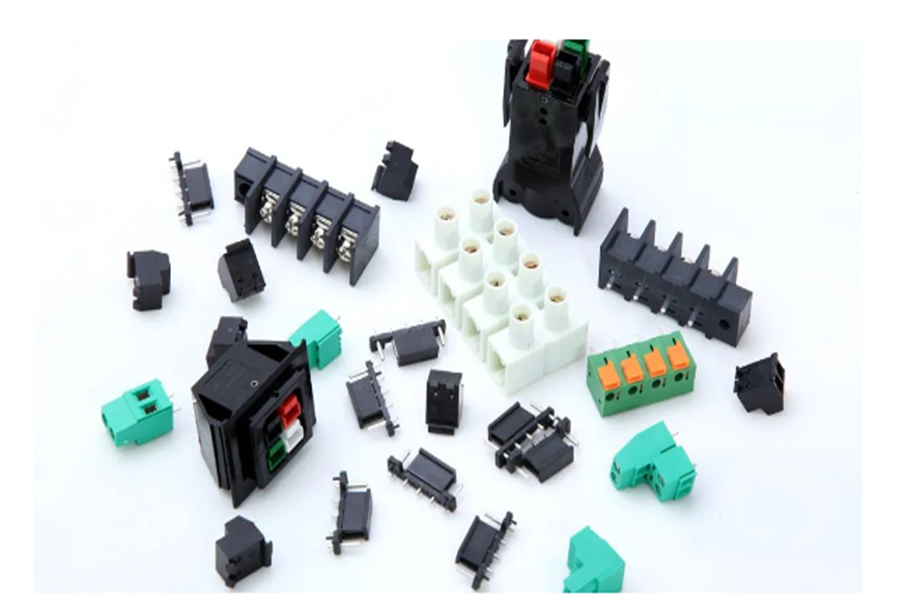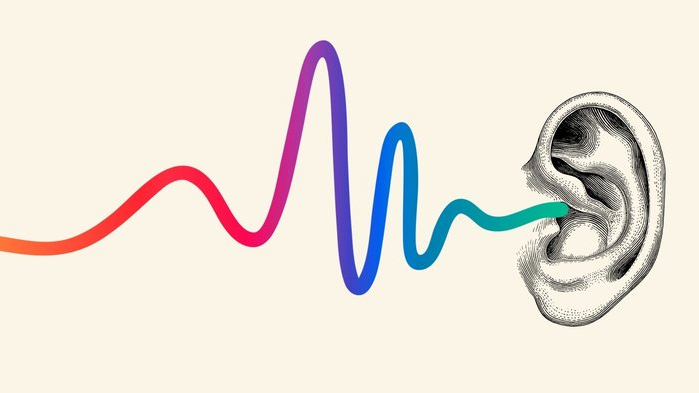Nine principles of hearing aid fitting
1. Exact diagnosis:Diagnosis of the child’s hearing needs to include electric otoscope, middle ear tympanogram, acoustic impedance and other electrophysiological examinations (auditory brainstem evoked response ABR, multi-frequency steady-state evoked potential ASSR, otoacoustic emission OAE, etc.) Special attention is paid to large vestibular aqueduct syndrome (LVAS), auditory developmental delay, auditory neuropathy and high frequency hearing loss, and secretory otitis media. Communicating with everyone is an idea that we can’t judge the hearing situation of a child by the result of one kind of examination!”
2. Hearing aid early detection:Hearing aid fitting is performed on the baby within one month of the child’s diagnosis of “permanent hearing loss”.
3. Two-sided fitting:
– can delay the hearing age
Prevent unilateral ear hearing deprivation and avoid deterioration of auditory nerve function; (unilateral ear hearing deprivation means hearing loss on both sides, but only one side hearing aid is used, then the hearing loss on the unassigned side will gradually increase, for speech The ability to distinguish understanding will also decline.)
– You can also be a windy ear
Realize 360 degree sound source localization: Sound source localization ability means knowing which direction the sound comes from, and how far the specific distance is. This ability will affect the safety (for example, the car will honk from behind, if you can’t tell which side will be Dangerous).
– Suppress tinnitus
Reduce the interference of tinnitus and reduce the pain caused by it, that is, reduce the discomfort of the patient’s tinnitus.
4. Appropriate intervention:
For children with uninitiated ABR stimulation, the hearing aid should not be abandoned. Especially when the child is younger than 1, it should avoid non-intervention.
In fact, the results of the “hearing brainstem response” are common in the following 3 cases:
(1) test errors caused by test equipment and testers;
(2) extremely high frequency hearing loss;
(3) Auditory neuropathy.
Avoid excessive intervention: For some infants within 6 months of hearing developmental delay, especially if the diagnosis is mild to moderate hearing loss, it is recommended to review the hearing after 3 months and then decide whether to fit the hearing aid to avoid excessive interference.
5. Choose a good hearing aid:
The difference in amplification technology, the difference between multi-channel vs single channel, is to “ensure the child’s continued audibility.”
6. Get full-band hearing compensation:
There must be a hearing threshold check result that can be referenced (at least 5, 1, 2, 4K results are required)
Child behavioral audiometry test method:
– Behavioral Observation and Audiometry (BOA) 0-6 Month;
– Visual Intensive Audiometry (VRA) 6 Month – 2.5 years old;
– Game audiometry (PA) 2.5 years old – 5 years old;
– Guest observation, including ABR, ASSR, OAE, 40Hz.
Hearing assessment is a step-by-step process, so you will get more accurate behavioral audiometry results after 7!
7. Professional hearing aid adjustment:
The types of hearing aids can be divided into 6 types: ear-back machine, ITE, ITC, CIC, IIC, CRT.
Behind-the-ear hearing aids should be preferred for children for three reasons: (1) the ear canal continues to grow; (2) earwax does not directly contact the hearing aid; (3) behind-the-ear hearing aid with more features: including Telecoil, wireless, FM Wait.
WHO has conducted a number of investigations and studies and does not recommend that children wear ITE (custom machine) before 14.
8. Verification of hearing aid performance evaluation:
Including Lin’s 6 tone test, hearing aid threshold, speech test and real ear analysis (eg RECD true ear and coupling cavity gap).
The real ear analysis is more accurate because each person’s ear canal size and physiological structure are different. It can be more objectively evaluated: it can objectively test the gain or output of the hearing aid over the entire frequency range, and display in real time whether the gain or output of the hearing aid matches the target curve of the prescription formula, so that the user can get more benefits.
9. Correct use of hearing aids:
(1) use soft ear molds whenever possible;
(2) Parents need to observe whether there is feedback whistling;
(3) needs to be replaced:
The fit between the ear mold and the outer ear is decreased, and the hearing aid starts to whistle outside;
Broken ear mold or dislocation of the sound tube;
After the ear mold is properly worn, it feels swollen, stuffy and painful.
(3) replacement rules:
The ear canal of children is no longer apparently grown after 12-15 years of age;
Pediatric ear molds are recommended to be replaced 3 to 6 months.
Link:Nine principles of hearing aid fitting
REF: Hearing Aids, ITE hearing aids, Hearing LossThe article comes from the Internet. If there is any infringement, please contact service@jhhearingaids.com to delete it.






